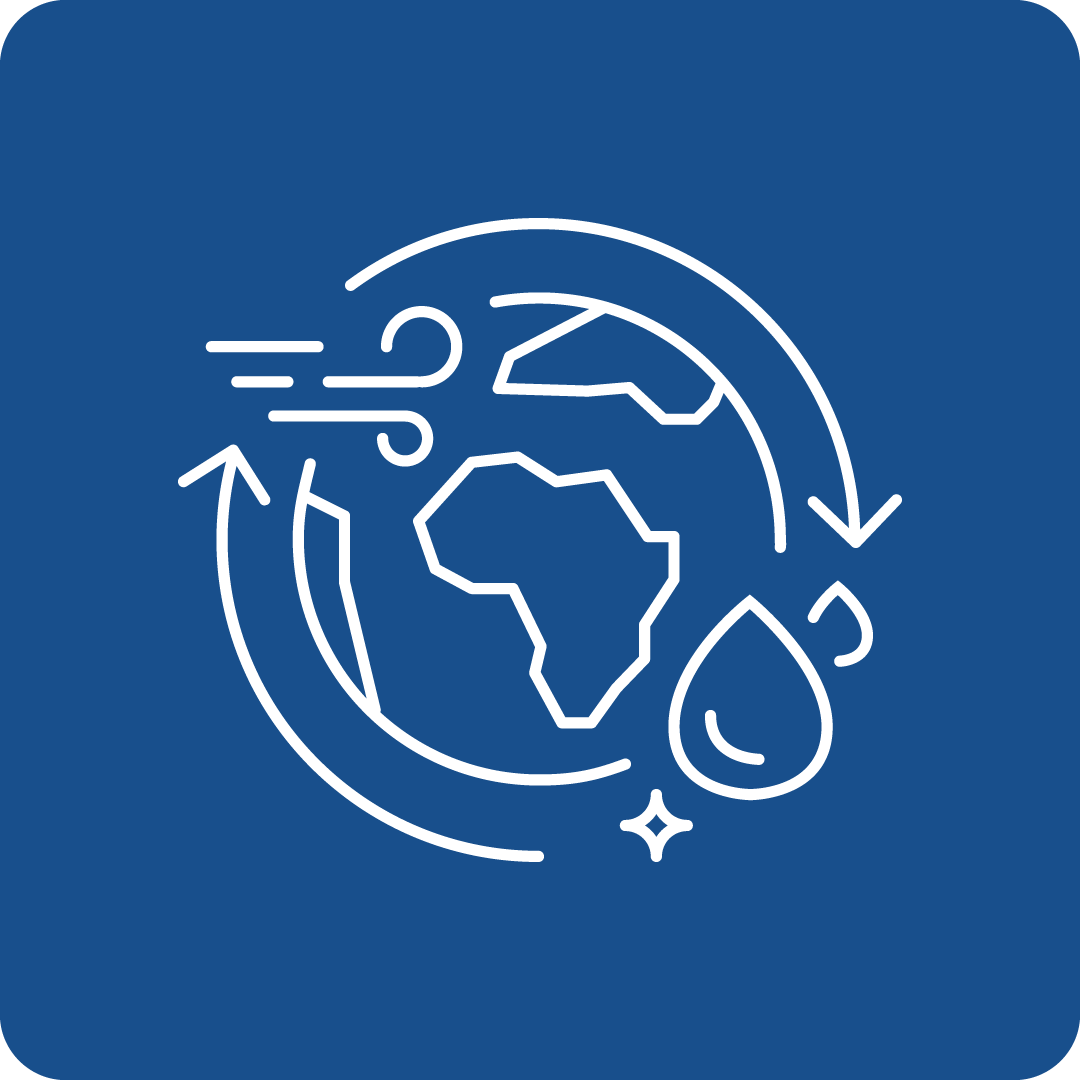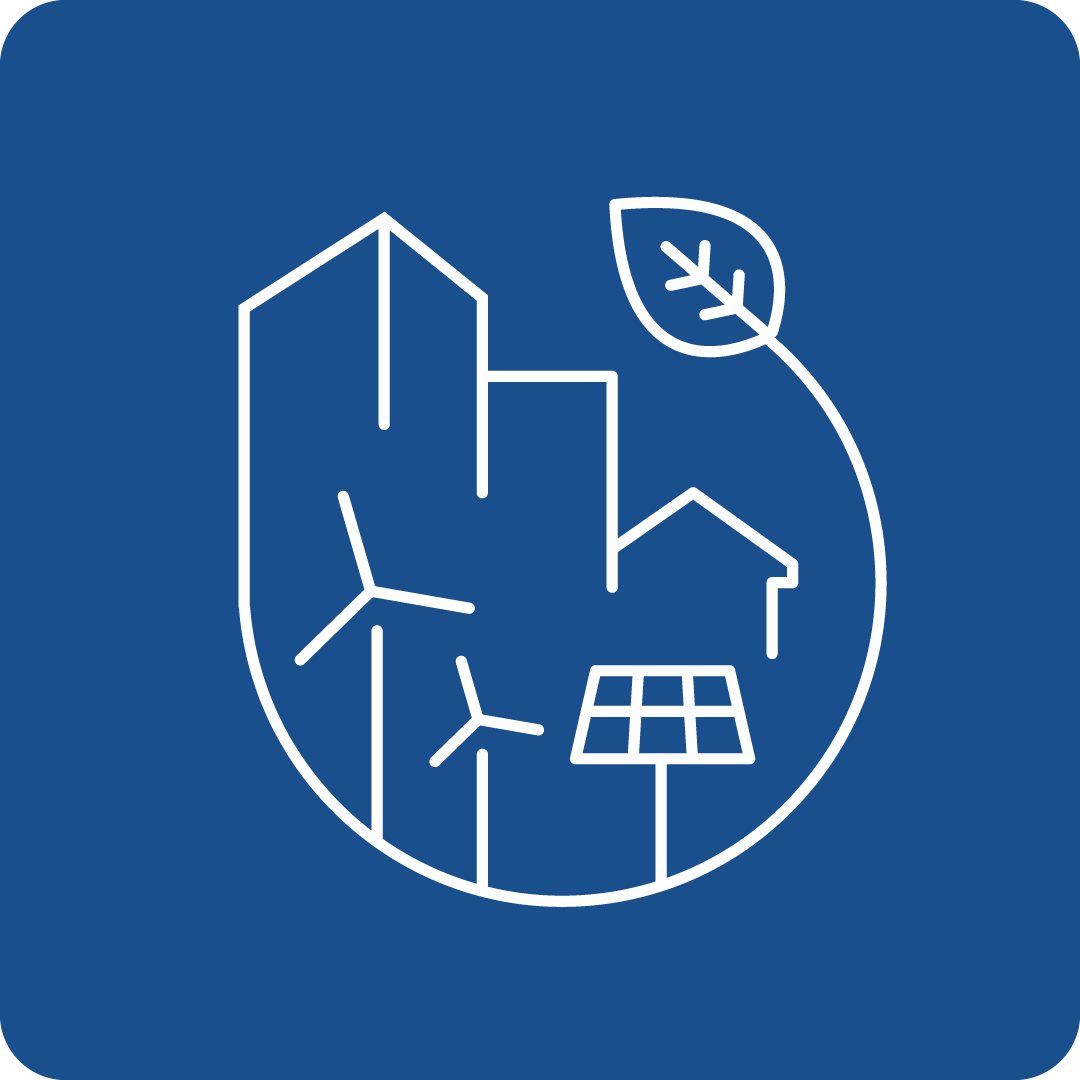Filter Search for grants
Call Navigation
Deadline expired
The deadline for this call has expired.
Call key data
Advanced sustainable and safe pre-processing technologies for End-of-Life (EoL) battery recycling (Batt4EU Partnership)
Funding Program
Horizon Europe: Cluster 5 - Climate, Energy and Mobility
Call number
HORIZON-CL5-2024-D2-01-01
deadlines
Opening
07.12.2023
Deadline
18.04.2024 17:00
Funding rate
100%
Call budget
€ 16,000,000.00
Estimated EU contribution per project
€ 8,000,000.00
Link to the call
Link to the submission
Call content
short description
The pre-treatment process is the first and indispensable step in recycling Lithium-ion batteries (LIBs), which significantly affects the recycling rate of the spent devices and the extraction rate of the high-value metals in the subsequent metallurgical processes. The batteries also contain toxic chemicals, which should be preventatively separated to promote environmental protection and sustainability. Moreover, the pre-treatment processes also help to reduce the scrap volume and allow the separation of the battery components.
Call objectives
The current EOL LIB recycling technologies are focused on improving the recovering efficiency of Cobalt that is the most valuable material. However, other no-Co battery contents need to be extracted in one go to develop recycling processes with economic, societal and environmental perspectives. They, for instance, include low-density plastics, metal shells and foils, binders, separators, organic solvents, Li salt, anode active materials. Successful separation methods have the potential to enrich the constituent of targeted materials and improve the profit for recycling.
In recent years, several pre-treatment processes were tested at least at lab-scale (usually mechanical, thermal and chemical options). The goal is to develop and integrate new advanced pre-processing concepts that enable more efficient and safe technologies for recycling EoL LIBs. Substantial improvements should be achieved in the processes environmental and economic viability and in the circular economy, narrowing the sustainability gaps in the whole battery recyclates pre-treatment.
The following pre-treatment concepts are expected to be addressed:
- Battery sorting at component level that should be more efficient, accurate, also including recommendations for the standardisation of labelling of battery components, due to the huge variation of physical configurations, cell types and chemistries, with the aim of re-using the suitable components.
- Advanced pre-processing methods including (but not limited to) physical, mechanical, dry, thermal and aqueous pre-treatment methods that allow improved pre-concentration while minimising as much as possible waste side products.
- Process design enabling the recovery and valorisation of anode materials.
- Electrolyte valorisation through the development of sustainable and safe processes for the recovery of Li-salts.
- Separation of all the strategic battery materials that should be integrated into existing/innovative recycling processes to mitigate potential effect of impurities.
- Recovery of electrode current collectors (Al and Cu) that should be improved by developing more efficient separation methods of the metal foils from the electrode materials and easier removal of the organic binder.
- Other recoverable not-active materials from the EoL battery (solvent as EC, DEC, DMC, binders, separator).
- Pre-assessing concepts by their life cycle sustainability and safety impacts and studying overall techno-economical solutions for recovery systems in order to minimize cost, environmental impact and system losses.
Plans for the exploitation and dissemination of results for proposals submitted under this topic should include a strong business case and sound exploitation strategy, as outlined in the introduction to this Destination. The exploitation plans should include preliminary plans for scalability, commercialisation, and deployment (feasibility study, business plan).
Pre-treatment should not impede on second life, according to the principles of the waste hierarchy.
The topic will generate insights that may be of use for on-going research and innovation on new recycling processes and concepts from topic HORIZON-CL5-2023-D2-01-02.
Projects may collaborate and/or contribute to the activities of the Coordination and Support Action defined under the topic HORIZON-CL5-2022-D2-01-08.
Proposals could consider the involvement of the European Commission's Joint Research Centre (JRC) whose contribution could consists of providing added value regarding various aspects of battery sustainability.
This topic implements the co-programmed European Partnership on Batteries (Batt4EU). As such, projects resulting from this topic will be expected to report on the results to the European Partnership on Batteries (Batt4EU) in support of the monitoring of its KPIs.
read more
Expected results
Projects are expected to contribute to all of the following outcomes:
- A European economic base which is stronger, more resilient, competitive and fit for the green and digital transitions, by reducing strategic dependencies for critical raw materials by promoting a circular economy.
- The direction of the EU battery industry towards the zero-waste concept by developing holistic, materials and energy efficient recycling processes that can increase the content of recovered mass and by improving the cooperation between recyclers and battery manufacturing through a vertical integration strategy, for those cases where battery and/or component repurposing is not a viable option.
- The circularity of battery materials, where also non-metallic elements (electrolyte, solvent, salts and polymers) are recycled back to use (as raw materials or valuable chemicals). The “cradle to cradle approach” will be addressed though waste pre-treatment by safe and sustainable separation and recovery.
- Environmentally beneficial processes for battery pre-treatment (pre-processing and separation) of the main elements to decrease the CO2 footprint and other emissions of the recycled materials.
- Safe technologies aimed at improved recovery yield, increased quality and purity level of the recycled/recovered materials, improved impurity removal.
read more
Eligibility Criteria
Regions / countries for funding
Moldova (Moldova), Albania (Shqipëria), Armenia (Հայաստան), Azerbaijan (Azərbaycan), Belarus (Беларусь), Bosnia and Herzegovina (Bosna i Hercegovina / Босна и Херцеговина), Faeroes (Føroyar / Færøerne), Georgia (საქართველო), Iceland (Ísland), Israel (ישראל / إِسْرَائِيل), Kosovo (Kosova/Kosovë / Косово), Montenegro (Црна Гора), Morocco (المغرب), North Macedonia (Северна Македонија), Norway (Norge), Serbia (Srbija/Сpбија), Tunisia (تونس /Tūnis), Türkiye, Ukraine (Україна), United Kingdom
eligible entities
Education and training institution, International organization, Non-Profit Organisation (NPO) / Non-Governmental Organisation (NGO), Other, Private institution, incl. private company (private for profit), Public Body (national, regional and local; incl. EGTCs), Research Institution incl. University, Small and medium-sized enterprise (SME)
Mandatory partnership
Yes
Project Partnership
To be eligible for funding, applicants must be established in one of the following countries:
- the Member States of the European Union, including their outermost regions
- the Overseas Countries and Territories (OCTs) linked to the Member States
- third countries associated to Horizon Europe - see list of particpating countries
Only legal entities forming a consortium are eligible to participate in actions provided that the consortium includes, as beneficiaries, three legal entities independent from each other and each established in a different country as follows:
- at least one independent legal entity established in a Member State; and
- at least two other independent legal entities, each established in different Member States or Associated Countries.
Any legal entity, regardless of its place of establishment, including legal entities from non-associated third countries or international organisations (including international European research organisations) is eligible to participate (whether it is eligible for funding or not), provided that the conditions laid down in the Horizon Europe Regulation have been met, along with any other conditions laid down in the specific call topic.
A ‘legal entity’ means any natural or legal person created and recognised as such under national law, EU law or international law, which has legal personality and which may, acting in its own name, exercise rights and be subject to obligations, or an entity without legal personality.
Specific cases:
- Affiliated entities — Affiliated entities (i.e. entities with a legal or capital link to a beneficiary which participate in the action with similar rights and obligations to the beneficiaries, but which do not sign the grant agreement and therefore do not become beneficiaries themselves) are allowed, if they are eligible for participation and funding.
- Associated partners — Associated partners (i.e. entities which participate in the action without signing the grant agreement, and without the right to charge costs or claim contributions) are allowed, subject to any conditions regarding associated partners set out in the specific call conditions.
- Entities without legal personality — Entities which do not have legal personality under their national law may exceptionally participate, provided that their representatives have the capacity to undertake legal obligations on their behalf, and offer guarantees to protect the EU’s financial interests equivalent to those offered by legal persons.
- EU bodies — Legal entities created under EU law including decentralised agencies may be part of the consortium, unless provided for otherwise in their basic act.
- Joint Research Centre (‘JRC’)— Where provided for in the specific call conditions, applicants may include in their proposals the possible contribution of the JRC but the JRC will not participate in the preparation and submission of the proposal. Applicants will indicate the contribution that the JRC could bring to the project based on the scope of the topic text. After the evaluation process, the JRC and the consortium selected for funding may come to an agreement on the specific terms of the participation of the JRC. If an agreement is found, the JRC may accede to the grant agreement as beneficiary requesting zero funding or participate as an associated partner, and would accede to the consortium as a member.
- Associations and interest groupings — Entities composed of members (e.g. European research infrastructure consortia (ERICs)) may participate as ‘sole beneficiaries’ or ‘beneficiaries without legal personality’. However, if the action is in practice implemented by the individual members, those members should also participate (either as beneficiaries or as affiliated entities, otherwise their costs will NOT be eligible.
other eligibility criteria
Activities are expected to achieve TRL 5 by the end of the project.
If projects use satellite-based earth observation, positioning, navigation and/or related timing data and services, beneficiaries must make use of Copernicus and/or Galileo/EGNOS (other data and services may additionally be used).
Additional information
Topics
Relevance for EU Macro-Region
EUSAIR - EU Strategy for the Adriatic and Ionian Region, EUSALP - EU Strategy for the Alpine Space, EUSBSR - EU Strategy for the Baltic Sea Region, EUSDR - EU Strategy for the Danube Region
UN Sustainable Development Goals (UN-SDGs)
![]()
![]()
Additional Information
All proposals must be submitted electronically via the Funders & Tenders Portal electronic submission system (accessible via the topic page in the Search Funding & Tenders section). Paper submissions are NOT possible.
Proposals must be complete and contain all parts and mandatory annexes and supporting documents, e.g. plan for the exploitation and dissemination of the results including communication activities, etc.
The application form will have two parts:
- Part A (to be filled in directly online) contains administrative information about the applicant organisations (future coordinator and beneficiaries and affiliated entities), the summarised budget for the proposal and call-specific questions;
- Part B (to be downloaded from the Portal submission system, completed and then assembled and re-uploaded as a PDF in the system) contains the technical description of the project.
Annexes and supporting documents will be directly available in the submission system and must be uploaded as PDF files (or other formats allowed by the system).
The limit for a full application (Part B) is 45 pages.
Contact
To see more information about this call, you can register for free here
or log in with an existing account.
Log in
Register now

